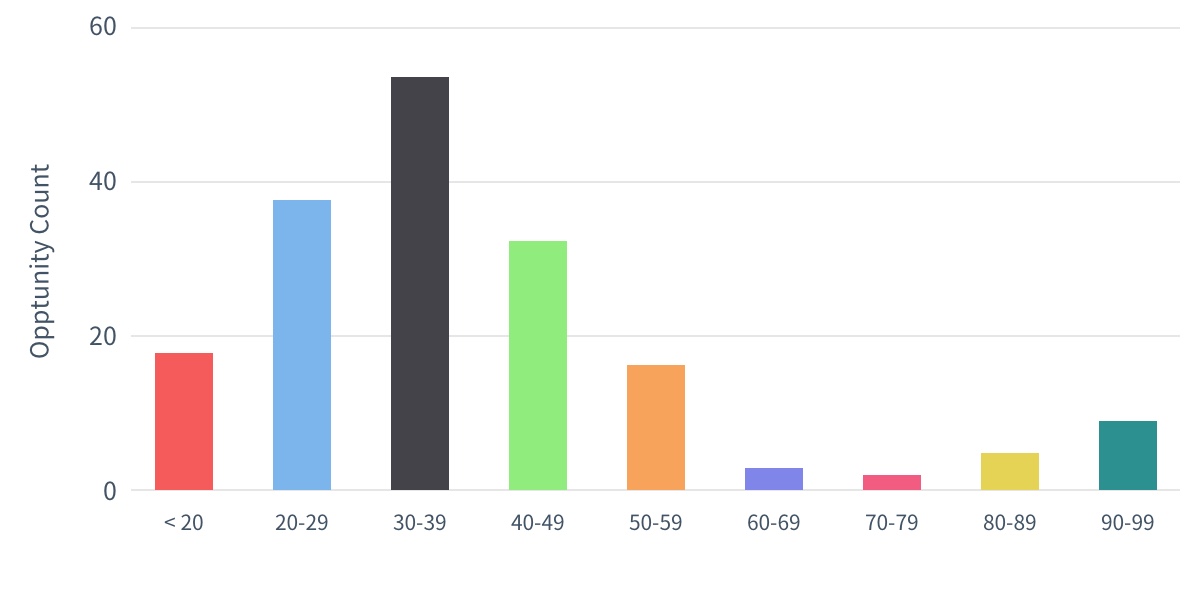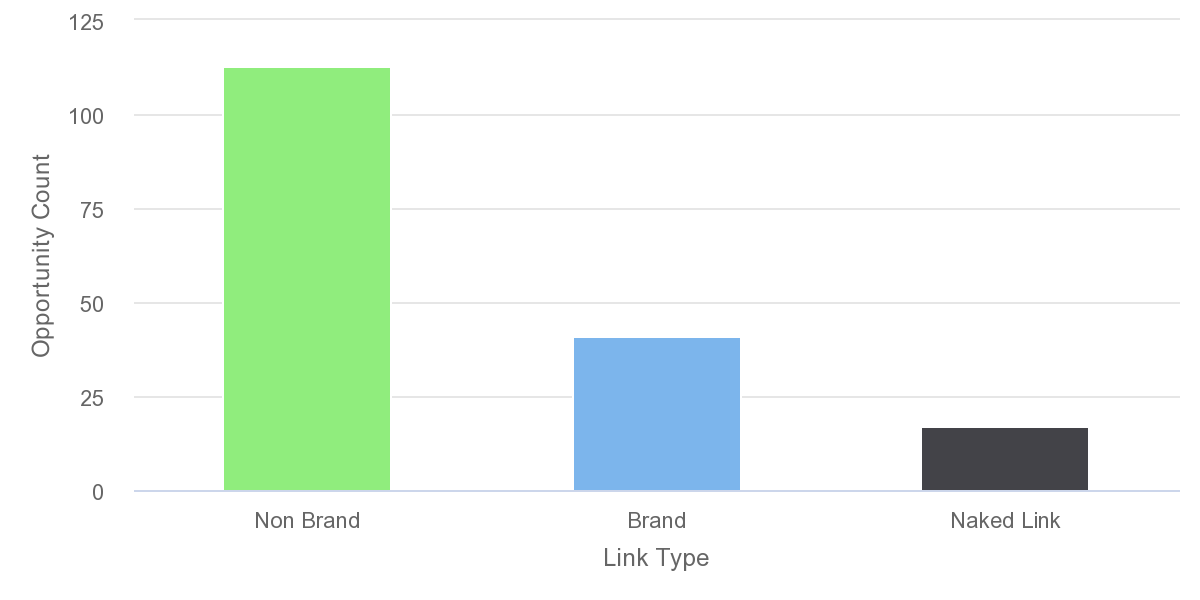How to Enter the Japanese Market Japanese Link Building
Outsource your Link Building Campaigns in Japan with a local partner.
Looking to enhance your online presence in Japan? Our Japanese link building team will boost your ranking on Search Engines by creating high quality Backlinks. Our local expertise combined with our powerful SEO tools and extensive network empowers us to support you in achieving your link building goals in Japan.
What is Japanese link building?
Japanese link building is one of the SEO techniques to increase Japanese domain authority by acquiring inbound links from other websites.
By winning links from carefully selected prospect websites, our team help improve Japanese search positions in the search results.
Challenges
-
Less inbounds links to Japanese sites
- If you have just launched your Japanese website, you’ll quickly notice that acquiring inbound links is tougher compared to English sites.
-
Poor performance
- Western link building agencies must go through hard times in building links from Japanese websites unless they recognize the cultural difference that characterizes Japanese and English websites.
-
Can’t find link building agency for Japanese market
- Although there are SEO agencies in Japan, very few of them can manage link building and English speaking.
Benefits
-
Improve search positions
-
Among hundreds of google algorithms, link building is still one of the influential elements to assess the value of a website. Therefore, investing link building tactics still pays off.
-
Rich hands-on experiences
-
At the request of global companies, our team have been winning hundreds of inbound links from Japanese websites in the past. Since we review all the website manually, we never build any low quality links.
-
Bilingual Agency
-
Since our team speaks English, Japanese and Korean languages, we can communicate with your team to understand what you want.

Results
- Number of winning links
- 200+
- After successful link building
- 1st
How we won ?
Distribution of Domain Authority of winning links

Our team can customize a link building strategy depending on the DA/DR you need.
Winning links and type

Link Building Process
- 01 Scope of work
- 02 Build Strategy
- 03 Research prospect websites
- 04 Outreach
- 05 Win
“Japanese link building is one of the difficult and non-scalable approach SEO technique because Japanese website owners or managers usually are not accustomed to add links for somebody. However, it doesn’t mean impossible. Our team build strategy by considering popularity of produce or company brand.”
FAQ
Yes, it is possible. It is not scalable but our team only approach the websites that meet your metric.
First of all, Japanese don’t add links in the middle of texts as opposed to a website like Wikipedia. Besides, websites with a high DA or DR usually belong to companies whose webmasters are not decision makers. They don’t have the power to approve your links so they usually ignore your outreach proposal.
Our team has an extensive experience working for various clients across different industries.
We do provide Korean link building services, which also needs a unique localized approach compared to English websites.
Yes, it is legal. However, make sure that you comply with local regulations before conducting link building activities in Japan.
It typically takes a few months, especially if you prioritize quality links and relevant content. SEO is a marathon, not a sprint.
Japanese link building is tough, especially while conducting business in a country like Japan. It requires business communication skills, a deep understanding of local regulations and SEO techniques as well as an extensive network.
Working with a local digital marketing agency can definitely help your business to improve website authority.
